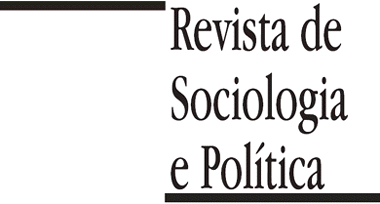ABSTRACT
Introduction:
Coropleth maps offer a poor representation of socioeconomic and political phenomena. Anchored to political-administrative polygons, these colorful state and city maps are mainly destined to the representation of territorial size. Thus, small areas with high population density or high number of voters almost disappear in the map. This paper discusses the use of these maps in political science and presents alternatives aiming to broaden the resources for spatial representation of political-electoral phenomena in Brazil.
Material and Methods:
We surveyed the academic production portraying the issue approached and carried out cartographic projections based on data provided by the Superior Electoral Court related to the number of voters apt to vote in the 2016 elections. The programs used in the modeling were: JamoviR for statistical analyses, Quantum Gis for operations based on tables and theme expression, and Saga Gis 3D and Grass for topological correction.
Results:
We demonstrated some limitations of the coropleth maps and indicated four cartographic models: equal-area, 3D, anamorphosis and interpolation.
Discussion:
The models indicated are methodological alternatives and contribute to broaden the research conditions in the electoral geography and political science areas.
Keywords
political science; election; spatial representation; map; cartogram

 Thumbnail
Thumbnail
 Thumbnail
Thumbnail
 Thumbnail
Thumbnail
 Thumbnail
Thumbnail
 Thumbnail
Thumbnail
 Thumbnail
Thumbnail
 Thumbnail
Thumbnail
 Thumbnail
Thumbnail
 Fonte: Elaborado pelos autores com base nos dados do TSE.
Fonte: Elaborado pelos autores com base nos dados do TSE.
 Fonte: Elaborado pelos autores com base nos dados do TSE.
Fonte: Elaborado pelos autores com base nos dados do TSE.
 Fonte: Elaborado pelos autores com base nos dados do TSE.
Fonte: Elaborado pelos autores com base nos dados do TSE.
 Fonte: Field & Dorling (2016, p. 205);
Fonte: Field & Dorling (2016, p. 205);  Fonte: Barreto, Kosminsky & Esperança (2018, p. 60).
Fonte: Barreto, Kosminsky & Esperança (2018, p. 60).
 Fonte: Elaborado pelos autores com base nos dados do TSE.
Fonte: Elaborado pelos autores com base nos dados do TSE.
 Fonte: Elaborado pelos autores com base nos dados do TSE.
Fonte: Elaborado pelos autores com base nos dados do TSE.
 Fonte: Elaborado pelos autores com base nos dados do TSE.
Fonte: Elaborado pelos autores com base nos dados do TSE.